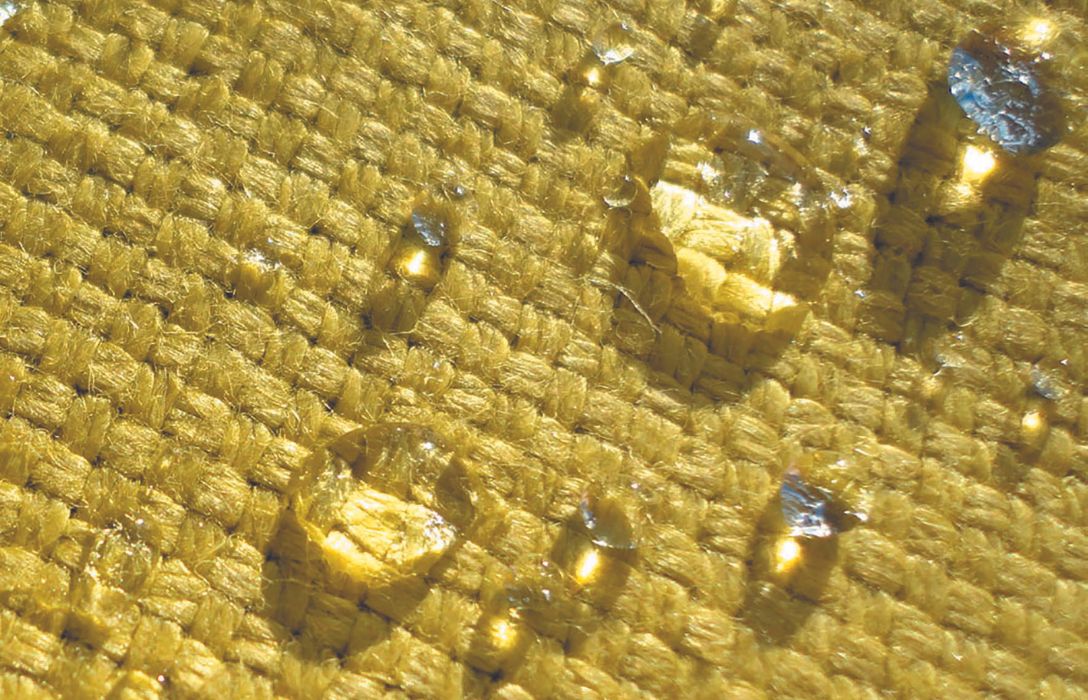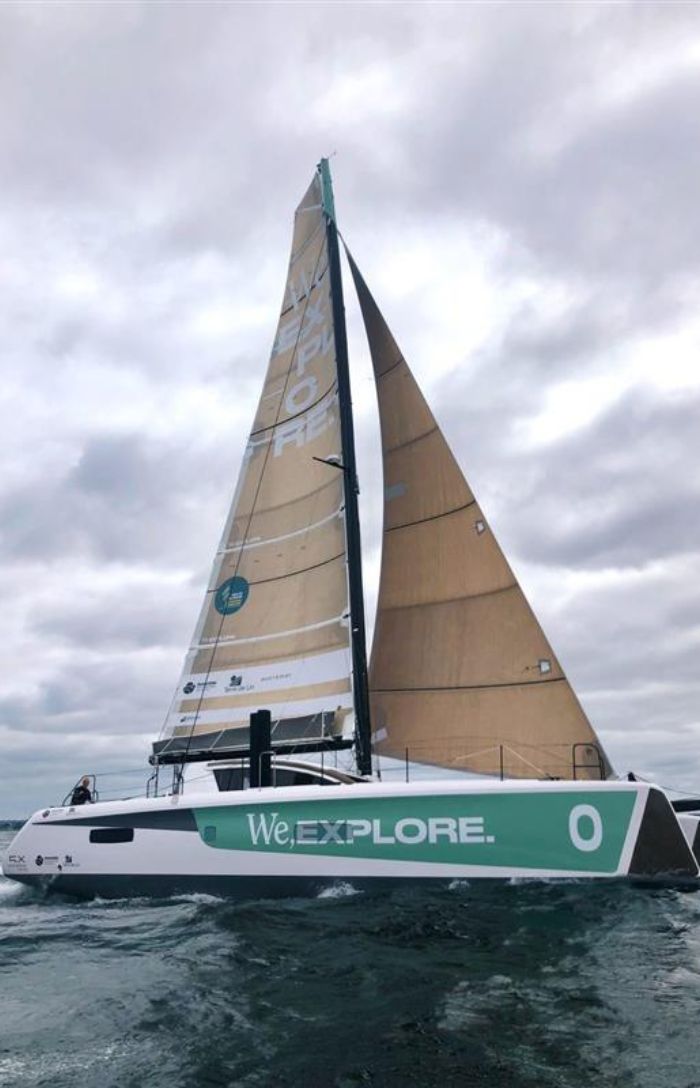Flax and technology: European flax is up to the challenge
Flax-linen, occupy a special place in the history of textiles, which can be traced back to 36,000 years BCE. Today, looking resolutely towards the future, flax-linen continues to conquer new markets, which are attracted by its technical and environmental properties.





